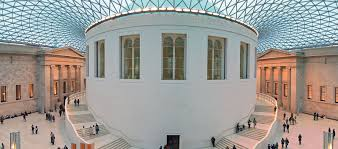Space | Vast Cosmic Tapestry | Silent Abyss of Stars | Eternal Dance of ...
Vast Cosmic Tapestry: Space unfolds as an infinite canvas, adorned with stars, galaxies, and mysteries yet to be uncovered. Silent Abyss of Stars: Within the silent embrace of space, stars twinkle like distant beacons, casting their soft light across the expanse. Endless Celestial Frontier: Space beckons as an uncharted frontier, where the unending stretch of darkness holds the promise of exploration and discovery. Eternal Dance of Planets: Planets waltz in their eternal ballet around the sun, each with its own unique rhythm and grace. Nebulous Veil of Creation: Nebulas adorn space with their vibrant hues, capturing the birth and transformation of stars in a cosmic dance of creation. #SpaceExploration #StargazingAdventures #CosmicWonders #AstronomyLovers #GalacticJourney #UniverseUnveiled #BeyondEarth #AstroPhotography #RocketLaunches Facebook https://lnkd.in/gRAnBNWa Twitter https://lnkd.in/dM_HwkMM Blogs https://lnkd.in/dzMhYvDD Pinterest https://lnkd.in/dP4UyeG5 Instagram https://ln...





